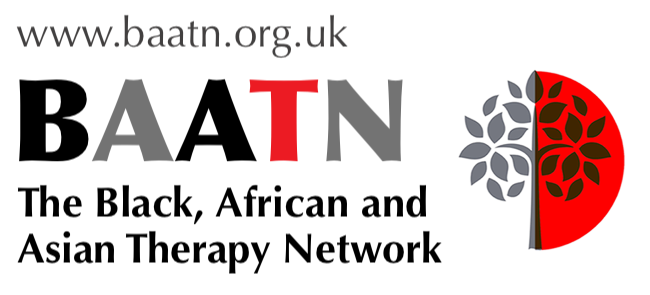Journeying to visibility: An autoethnography of self-harm scars in the therapy room
Keywords:
autoethnography, counselling, self-disclosure, self-harm, visibility, wounded healer
Abstract
This autoethnography explores the experience of a therapist negotiating the visibility of their self-harm scars in the therapy room. Its form takes the shape of the author's personal meaning-making journey, beginning by exploring the construction of the therapist identity before going on to consider the wounded healer paradigm and the navigation of self-disclosure. A thread throughout is finding ways to resist fear and shame as both a researcher and counsellor. The author concludes by recounting fragments of sessions from the first client she worked with while having her scars visible. While not every therapist will have self-harm scars, all therapists have a body which plays “a significant part of his or her unique contribution to therapy” (Burka, 2013, p. 257). This paper is, therefore, potentially valuable to any therapist, at any stage of development, who seeks to reflect on the role of the body and use of the self.Downloads
Published
2020-06-06
How to Cite
Stirling, F. J. (2020). Journeying to visibility: An autoethnography of self-harm scars in the therapy room. Psychotherapy & Politics International, 18(2). Retrieved from https://ojs.aut.ac.nz/psychotherapy-politics-international/article/view/620
Section
PEER-REVIEWED ARTICLES
Copyright (c) 2020 Fiona J. Stirling

This work is licensed under a Creative Commons Attribution-NonCommercial-NoDerivatives 4.0 International License.


